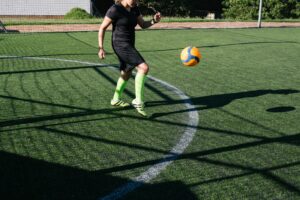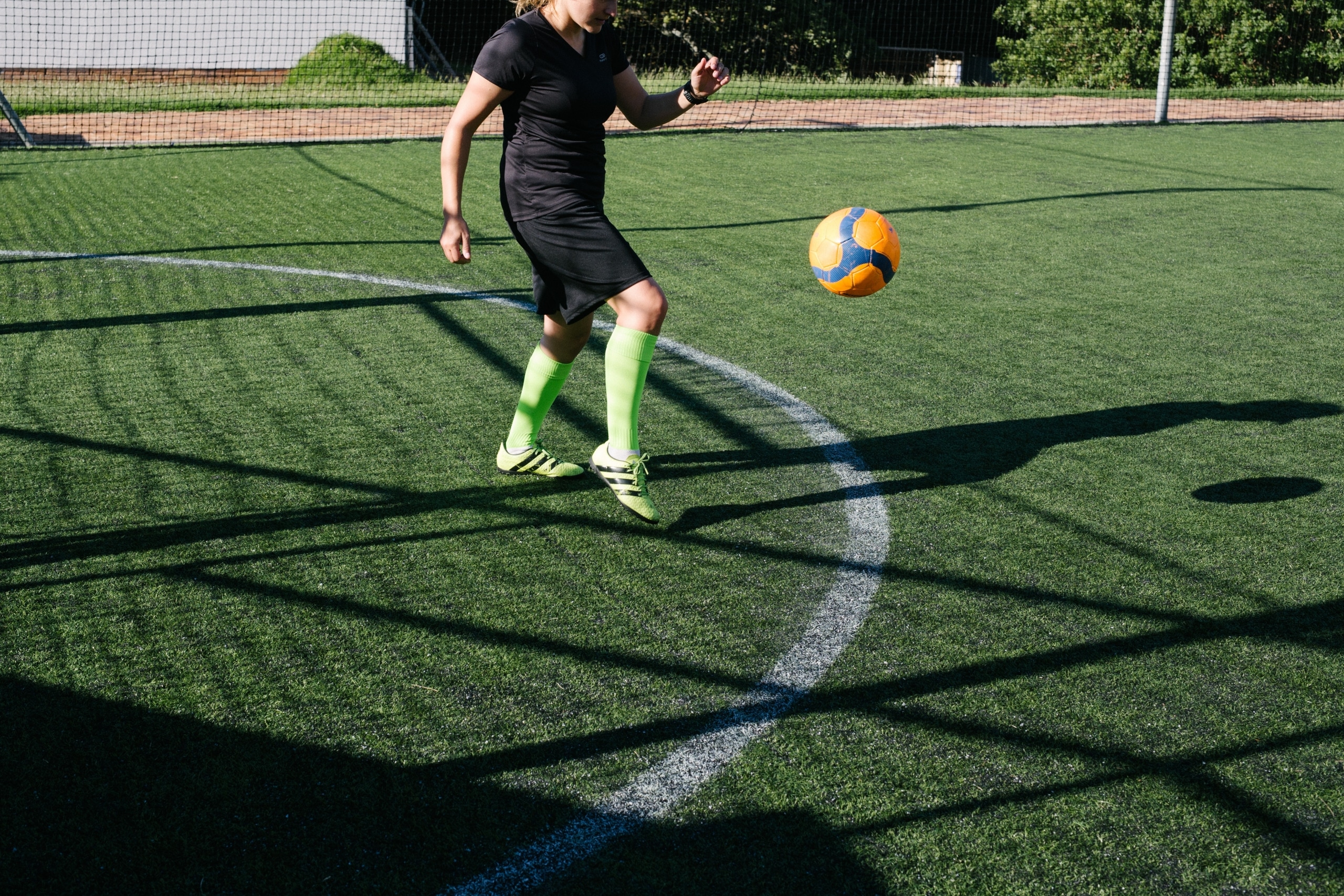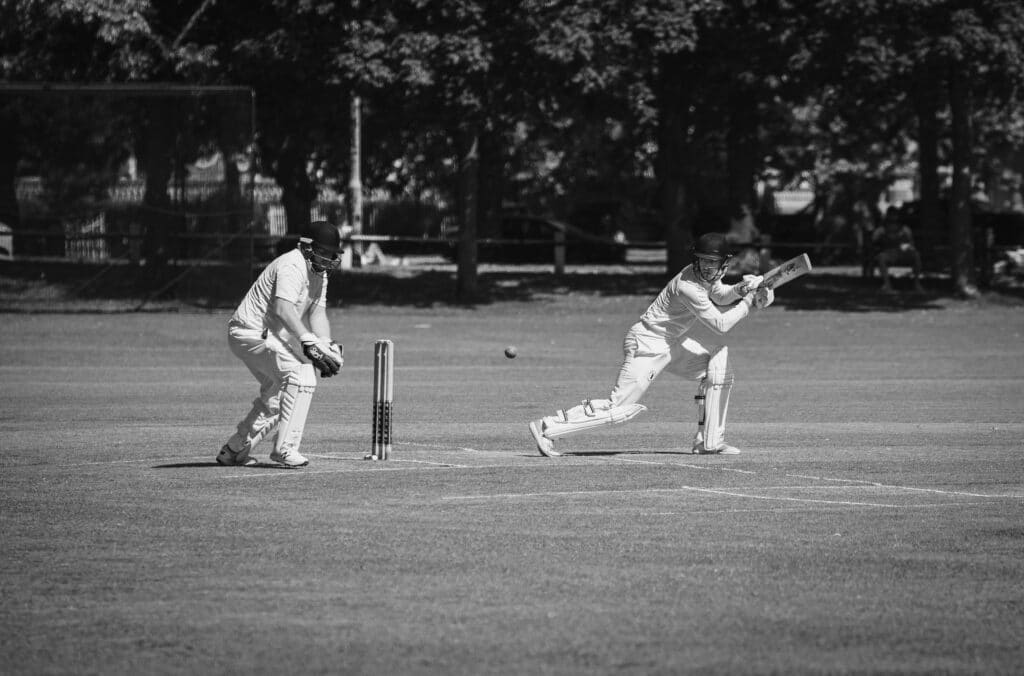ACL rehabilitation following surgery
What we’ll cover
ACL rehabilitation following surgery
The Anterior Cruciate Ligament (ACL) is one of the main structures that helps stabilise the knee. It attaches from the femur to tibia (thigh bone to lower leg bone) and is most commonly injured in sports requiring explosive jumping and change of direction movements. Australia currently has the highest rate of reported ACL injury in the world, with sports such as AFL, rugby, netball and skiing exhibiting the highest rates of injury. With a number of sports underway and pre-season commencing for winter sports, our physiotherapist Sarah identifies the importance of rehabilitation following ACL injury and surgery.

Why are women more likely to injury their ACL?
It is well known that women exhibit a higher risk of ACL rupture, being 2-4 times higher than that of their male counterparts. The reasoning behind this remains somewhat debated but is thought to be related to the following factors:
- Anatomical differences (Q-angle – wider hips resulting in increased knee valgus/ “knock-kneed” alignment, smaller size of ACL, smaller size of intercondylar ridge).
- Hormonal differences (women exhibit higher levels of oestrogen, progesterone & relaxin – these hormones have an effect on ligament strength).
- Biomechanical differences (women tend to be more flexible than men resulting in increased incidence of hyperextension of the knee. Women’s hip and upper leg muscles are generally weaker compared to their male counterparts meaning that a joint takes more load when landing as there is less muscle to absorb the force).
ACL rehabilitation stages
Recovery from ACL surgery and injury isn’t a quick process. A graduated and guided approach takes beyond 7 – 9 months. Importantly, rehabilitation not only aims to restore flexibility and strength, but most importantly reduce the likelihood of re-occurrence or re-injury.
There are five phases from the time of injury through to post-operative rehabilitation that need to be considered.
Pre-op phase: recover from injury & achieve readiness for surgery
Goals: reduce swelling, regain full knee range of motion, regain adequate quads & hamstring strength
Phase 1: Recover from surgery
Goals: achieve full knee extension, reduce swelling, normalise walking, quadriceps activation
Phase 2: Strength and neuromuscular control
Goals: regain muscle strength, improve balance, good quality of movement control
Phase 3: Return to running, agility and jump/landing
Goals: Maintain full strength/ neuromuscular control, complete running/ agility program
Phase 4: Return to sport
Goals: achieve return to sport outcome measures, athlete is comfortable and confident with return to sport, complete ACL injury prevention program.
My top ACL rehabilitation tips:
- Get the knee straight early, bending is important but can progress more gradually.
- Use pain and swelling as a guide. If anything significantly increases either, speak to your physiotherapist sooner rather than later.
- Reintroduce & progress plyometric exercises gradually. These include exercises like jumping, hopping and changing directly. However, these movements produce large amounts of force on the joint and the knee will take time to adapt to return to running/ jumping/ landing movements.
- Complete your full ACL rehabilitation. Re-occurrence is incredibly high when rehabilitation is not completed. However, the last 1/3 of rehab is arguably the most important to help reduce the likelihood of re-injury, have a more successful return to sport and reduce the risk of osteoarthritis severity down the track.
If you have experienced an ACL injury or had ACL reconstructive surgery, book online or call 9571 688 to see one of our friendly physio experts.


